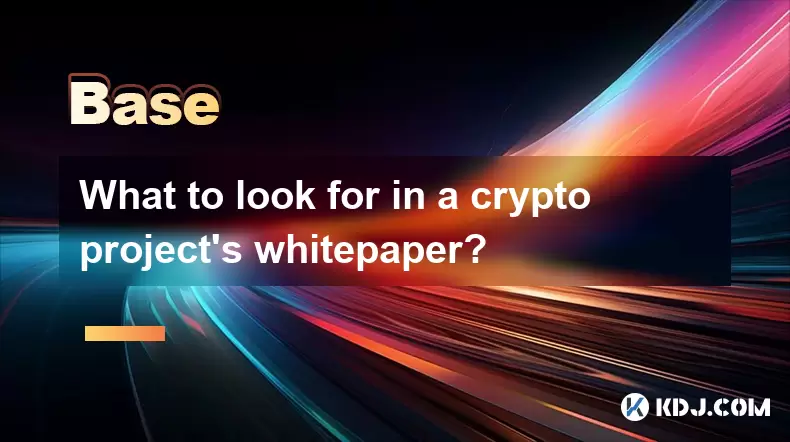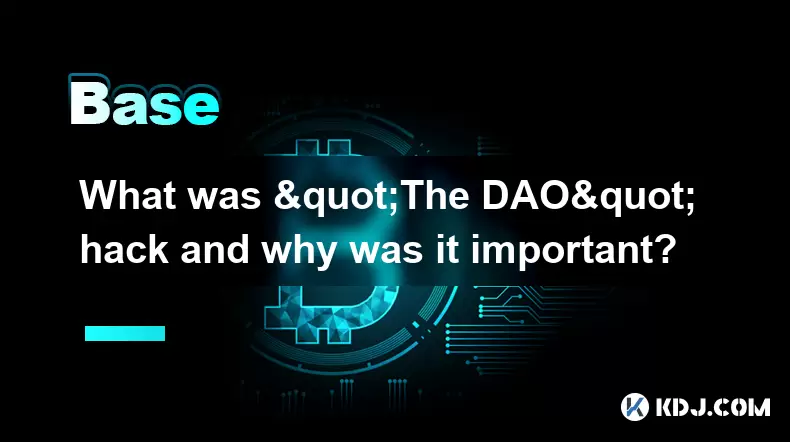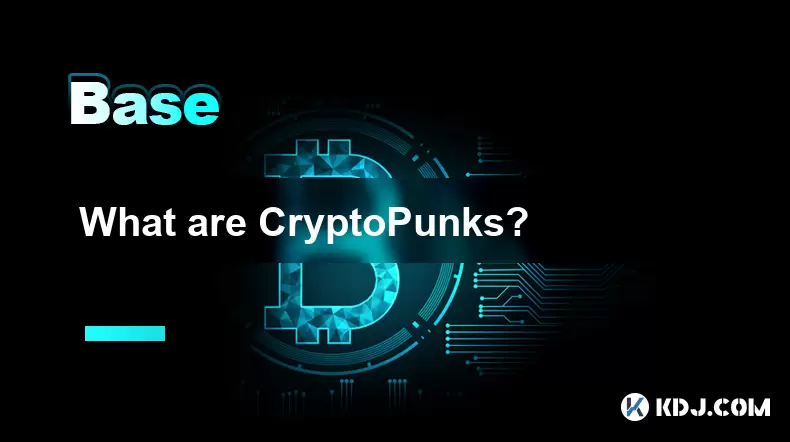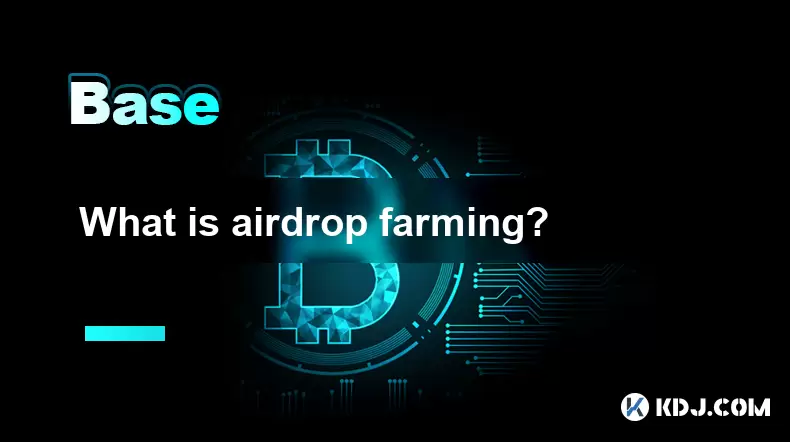-
 Bitcoin
Bitcoin $118300
-1.72% -
 Ethereum
Ethereum $3591
-0.69% -
 XRP
XRP $3.478
-3.53% -
 Tether USDt
Tether USDt $1.001
-0.01% -
 BNB
BNB $737.7
-0.54% -
 Solana
Solana $177.3
-2.40% -
 USDC
USDC $0.9999
-0.01% -
 Dogecoin
Dogecoin $0.2538
7.04% -
 TRON
TRON $0.3256
-0.85% -
 Cardano
Cardano $0.8332
-3.48% -
 Hyperliquid
Hyperliquid $44.80
-3.30% -
 Stellar
Stellar $0.4672
-6.09% -
 Sui
Sui $3.828
-5.98% -
 Chainlink
Chainlink $18.15
-3.41% -
 Hedera
Hedera $0.2655
-7.16% -
 Bitcoin Cash
Bitcoin Cash $517.5
-0.64% -
 Avalanche
Avalanche $23.89
-2.37% -
 Shiba Inu
Shiba Inu $0.00001519
-0.45% -
 UNUS SED LEO
UNUS SED LEO $8.973
0.13% -
 Toncoin
Toncoin $3.211
-2.54% -
 Litecoin
Litecoin $103.5
-3.58% -
 Polkadot
Polkadot $4.313
-3.90% -
 Uniswap
Uniswap $10.31
0.67% -
 Monero
Monero $325.4
-2.88% -
 Bitget Token
Bitget Token $5.049
3.51% -
 Ethena USDe
Ethena USDe $1.002
0.04% -
 Pepe
Pepe $0.00001346
-2.96% -
 Dai
Dai $0.9999
-0.02% -
 Aave
Aave $322.1
-2.93% -
 Bittensor
Bittensor $411.9
-4.70%
What to look for in a crypto project's whitepaper?
A well-structured whitepaper educates investors with clear problem statements, technical depth, and transparent tokenomics to guide informed decisions.
Jul 19, 2025 at 01:42 pm

Understanding the Purpose of a Whitepaper
A whitepaper is a foundational document for any cryptocurrency project, often serving as the first point of contact between the project and potential investors or users. It outlines the project’s goals, technical specifications, and the problem it aims to solve. A well-structured whitepaper should provide clear and concise information about the blockchain solution being proposed. When reviewing a whitepaper, it's essential to understand that its primary purpose is not marketing but education and transparency. Investors and developers alike rely on this document to make informed decisions about the project’s viability and long-term potential.
Evaluating the Problem Statement and Proposed Solution
One of the first sections to examine in a whitepaper is the problem statement. This part should clearly articulate the existing issue that the project is addressing within the current technological or financial landscape. A strong whitepaper will not only identify a real-world problem but also provide evidence or data supporting its existence. Following the problem statement, the proposed solution must be explained in a way that demonstrates originality and feasibility. Look for technical depth in how the blockchain or cryptographic tools are applied to solve the problem. A vague or overly ambitious solution without a clear roadmap should raise red flags for readers.
Assessing the Technical Architecture and Blockchain Design
The technical section of a whitepaper is often the most crucial for understanding the project’s underlying mechanics. This includes details about the consensus mechanism, whether it’s Proof of Work (PoW), Proof of Stake (PoS), or a hybrid model. The whitepaper should explain how the network validates transactions, secures data, and maintains decentralization. Additionally, the tokenomics should be clearly defined, including token distribution, supply caps, inflation rates, and use cases for the native token. A robust whitepaper will also include diagrams or flowcharts to visually represent the system architecture, making it easier for non-technical readers to grasp complex concepts.
- Check for detailed explanations of the blockchain’s consensus algorithm
- Ensure the token utility is clearly defined and necessary for the ecosystem
- Verify if scalability solutions are addressed, such as layer-2 protocols or sharding
Reviewing the Team, Advisors, and Development Roadmap
The credibility of a crypto project is often tied to the experience and transparency of its development team and advisors. A trustworthy whitepaper will include detailed bios of the core team members, their past projects, and their LinkedIn or GitHub profiles. Similarly, the list of advisors should feature industry experts with a proven track record in blockchain or relevant fields. The development roadmap should outline specific milestones, including past achievements and future plans. A vague or overly optimistic timeline without interim deliverables can be a sign of a low-effort project.
Examining the Token Distribution and Economic Model
The economic model of a cryptocurrency project is one of the most critical aspects outlined in the whitepaper. It should clearly define how tokens are distributed, including allocations for team members, investors, advisors, and community rewards. Transparency in vesting schedules and token unlock timelines is essential to avoid market manipulation or sudden dumps that could destabilize the token price. Additionally, the whitepaper should describe the incentive structure for users and validators, ensuring that the system encourages long-term participation and network security.
- Look for token allocation percentages for each stakeholder group
- Verify if vesting periods are implemented for team and investor tokens
- Check if rewards mechanisms are sustainable and well-structured
Analyzing Legal Compliance and Use Cases
Legal compliance is an often overlooked but crucial component of a whitepaper. The document should address how the project complies with regulatory frameworks in the jurisdictions it operates. This includes KYC/AML procedures, data privacy laws, and token classification under securities regulations. A responsible whitepaper will also outline potential risks associated with regulatory changes and how the project intends to mitigate them. Furthermore, the inclusion of real-world use cases and partnerships can significantly enhance the project’s practicality and adoption potential.
- Confirm whether the project has a legal disclaimer and compliance strategy
- Review the list of partnerships or pilot programs mentioned
- Ensure the use cases are realistic and applicable in current markets
Frequently Asked Questions
What if a whitepaper lacks technical details?
A whitepaper that lacks technical depth may indicate that the project is not fully developed or lacks transparency. This can be a red flag, especially for investors or developers looking for technical validation before participating in the ecosystem.
How do I verify the legitimacy of the team mentioned in the whitepaper?
You should cross-reference the team members' profiles on professional platforms like LinkedIn or GitHub. If team members are anonymous or lack verifiable experience, it may suggest a higher risk associated with the project.
Is a roadmap necessary in a whitepaper?
Yes, a clear and realistic roadmap is essential as it shows the project’s development timeline, milestones, and long-term vision. A missing or overly ambitious roadmap can be a sign of poor planning or lack of commitment.
Can a whitepaper change after the project launch?
Whitepapers can be updated to reflect changes in the project’s direction, technical upgrades, or new partnerships. However, major revisions without community consultation or transparency can raise concerns among stakeholders.
Disclaimer:info@kdj.com
The information provided is not trading advice. kdj.com does not assume any responsibility for any investments made based on the information provided in this article. Cryptocurrencies are highly volatile and it is highly recommended that you invest with caution after thorough research!
If you believe that the content used on this website infringes your copyright, please contact us immediately (info@kdj.com) and we will delete it promptly.
- XRP Mining for Passive Wealth: Is It the 2025 Crypto Gold Rush?
- 2025-07-19 22:50:12
- India's Wealthy Embrace Crypto: A New Era of Digital Investment
- 2025-07-19 22:30:12
- XRPL's TVL Surge: DeXRP's Ambitious DEX and SUI's Rise
- 2025-07-19 22:50:12
- Donkey Kong Ranked Games: From Arcade King to Switch 2 Bananza!
- 2025-07-19 22:30:12
- Shiba Inu, Ethereum Classic, and Remittix: Which Crypto Will Dominate?
- 2025-07-19 20:48:26
- TOKEN6900 Presale Heats Up: The Meme Coin to Watch in 2025
- 2025-07-19 20:48:27
Related knowledge

What is the Inter-Blockchain Communication Protocol (IBC)?
Jul 19,2025 at 10:43am
Understanding the Inter-Blockchain Communication Protocol (IBC)The Inter-Blockchain Communication Protocol (IBC) is a cross-chain communication protoc...

What is the "crypto trilemma" of scalability, security, and decentralization?
Jul 19,2025 at 06:28pm
Understanding the Concept of the Crypto TrilemmaThe crypto trilemma refers to the challenge of simultaneously achieving scalability, security, and dec...

What was "The DAO" hack and why was it important?
Jul 19,2025 at 09:08pm
Background of 'The DAO''The DAO' (Decentralized Autonomous Organization) was a venture capital fund built on the Ethereum blockchain, launched in Apri...

What to look for in a crypto project's whitepaper?
Jul 19,2025 at 01:42pm
Understanding the Purpose of a WhitepaperA whitepaper is a foundational document for any cryptocurrency project, often serving as the first point of c...

What are CryptoPunks?
Jul 19,2025 at 08:28am
Understanding the Basics of Bitcoin MiningBitcoin mining is the process through which new Bitcoin is introduced into circulation and transactions are ...

What is airdrop farming?
Jul 19,2025 at 03:56am
What Is Airdrop Farming?Airdrop farming is a term that refers to the process of accumulating tokens or coins through participating in airdrops and yie...

What is the Inter-Blockchain Communication Protocol (IBC)?
Jul 19,2025 at 10:43am
Understanding the Inter-Blockchain Communication Protocol (IBC)The Inter-Blockchain Communication Protocol (IBC) is a cross-chain communication protoc...

What is the "crypto trilemma" of scalability, security, and decentralization?
Jul 19,2025 at 06:28pm
Understanding the Concept of the Crypto TrilemmaThe crypto trilemma refers to the challenge of simultaneously achieving scalability, security, and dec...

What was "The DAO" hack and why was it important?
Jul 19,2025 at 09:08pm
Background of 'The DAO''The DAO' (Decentralized Autonomous Organization) was a venture capital fund built on the Ethereum blockchain, launched in Apri...

What to look for in a crypto project's whitepaper?
Jul 19,2025 at 01:42pm
Understanding the Purpose of a WhitepaperA whitepaper is a foundational document for any cryptocurrency project, often serving as the first point of c...

What are CryptoPunks?
Jul 19,2025 at 08:28am
Understanding the Basics of Bitcoin MiningBitcoin mining is the process through which new Bitcoin is introduced into circulation and transactions are ...

What is airdrop farming?
Jul 19,2025 at 03:56am
What Is Airdrop Farming?Airdrop farming is a term that refers to the process of accumulating tokens or coins through participating in airdrops and yie...
See all articles

























































































